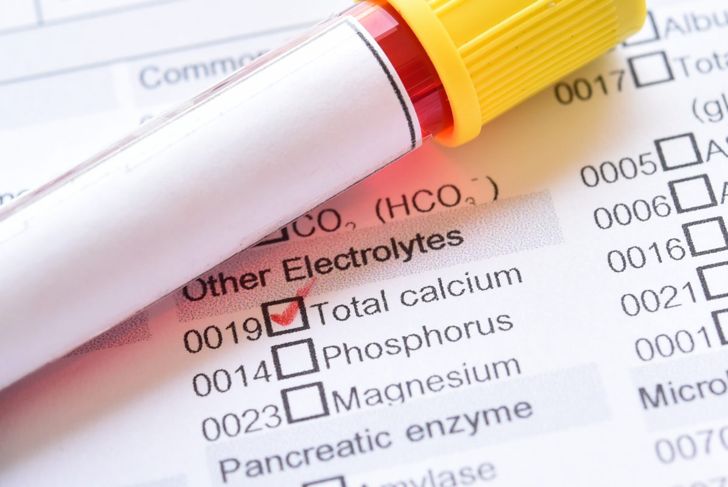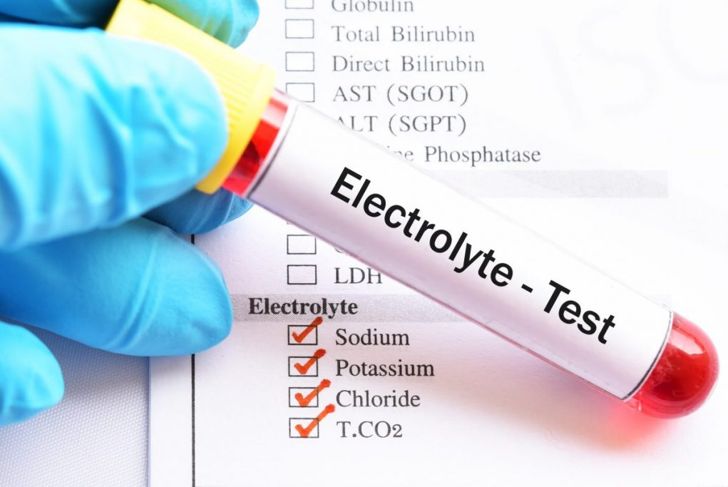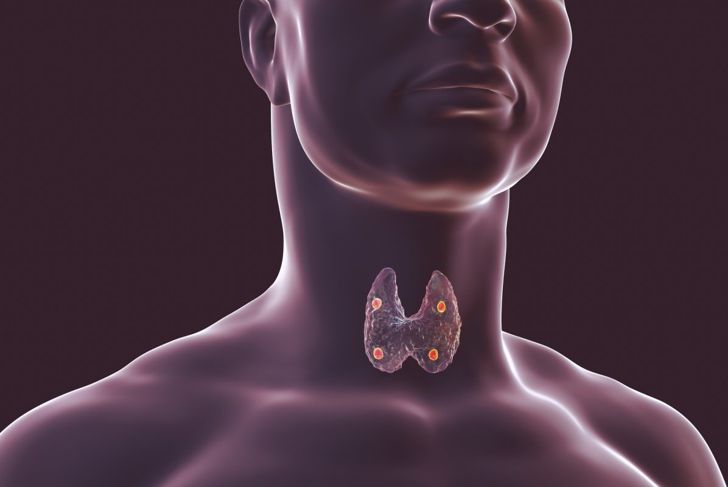Tetany is typically associated with lower than normal blood calcium levels. It is characterized by exaggerated neuromuscular activity, though the severity of the issue determines the symptoms. Some people with low calcium levels are asymptomatic, while others face life-threatening emergencies. Several conditions can cause tetany and treatments ultimately strive to treat the underlying condition and prevent future problems.
A Symptom, Not a Condition
Tetany is not a condition itself but a symptom of something else. Because a lot of things can bring on this issue, identifying the underlying condition can be difficult. Although low calcium is the most common cause, tetany can also happen due to low magnesium or alkalosis. Tetany has many symptoms, including two hallmark indicators: Trousseau’s sign and Chvostek’s sign.
Primary Signs of Tetany
Tetany generally causes involuntary muscle contractions and painful cramps. They most commonly occur in the hands and feet but can extend to other areas. When these symptoms affect the larynx, a person can develop breathing problems. Severe tetany can lead to seizures, generalized convulsions, vomiting, intense pain, and cardiac abnormalities.
Chvostek’s Sign
One of the hallmark indicators of latent tetany is Chvostek’s sign, an abnormal reaction to the stimulation of the facial nerve. To check for Chvostek’s sign, a doctor will tap the facial nerve near the ear or along the cheek. The contraction of the facial muscles on that side of the face is indicative of the symptom, though this does not necessarily indicate low calcium.
Trousseau’s Sign
Trousseau’s sign is also indicative of tetany and is a more reliable predictor of low calcium, as it is often the first sign to appear. To check for Trousseau’s sign, the doctor inflates a blood pressure cuff around the arm for three minutes, blocking the brachial artery and preventing blood flow to the hand. If the person has low calcium, the hand and forearm contract in the absence of this blood flow.
Electrolyte Imbalances
Electrolyte imbalance can cause tetany and is often a sign of an underlying condition in itself. The most common imbalance is calcium, but a potassium or magnesium deficiency can also lead to tetany. Acidosis or alkalosis may result in low blood calcium levels as well.
Secondary Hyperparathyroidism
Hyperparathyroidism is present when the parathyroid glands release an excess of hormones that help maintain the proper amount of calcium in the blood. There are two types of hyperparathyroidism. Primary hyperparathyroidism increases blood levels of calcium. Secondary hyperparathyroidism usually results from another disease and initially causes the low calcium levels that may lead to tetany.
Dr_Microbe / Getty Images
Acute Renal Failure
Phosphate and calcium levels in the blood are regulated by the parathyroid hormone and are inversely related; as phosphate levels increase, calcium levels drop. In acute renal failure, the kidneys are unable to properly excrete phosphate. Normally, when phosphorus increases, the parathyroid hormone stimulates the kidneys to release more and increases the absorption of calcium in the GI tract. If the kidneys are unable to keep up due to renal failure, calcium levels will initially fall, which can lead to tetany.
Diagnosis
Tetany is a symptom, not an underlying condition. A physical exam, including checking for Chvostek’s sign and Trousseau’s sign, generally diagnoses the issue, and the doctor may also check serum calcium levels. If lab tests indicate calcium is low, it is important to identify the cause of the imbalance so that it can be treated appropriately.
Additional Testing
Other tests can help pinpoint the cause of the hypocalcemia or other imbalances that cause tetany. These include bone density tests to evaluate calcium in the bones, urine tests to monitor kidney function, and imaging to evaluate the structure of the kidneys. Levels of parathyroid hormone may also be evaluated.
Treatment
Initial treatment aims to correct any imbalances, and some people may require calcium, potassium, or magnesium replacement. Once the cause is identified, treatment centers on preventing more issues in the future. Individuals at risk of chronic deficiency may require long-term management to prevent a recurrence. This commonly involves taking oral calcium and vitamin D.

 Home
Home Health
Health Diet & Nutrition
Diet & Nutrition Living Well
Living Well More
More




















